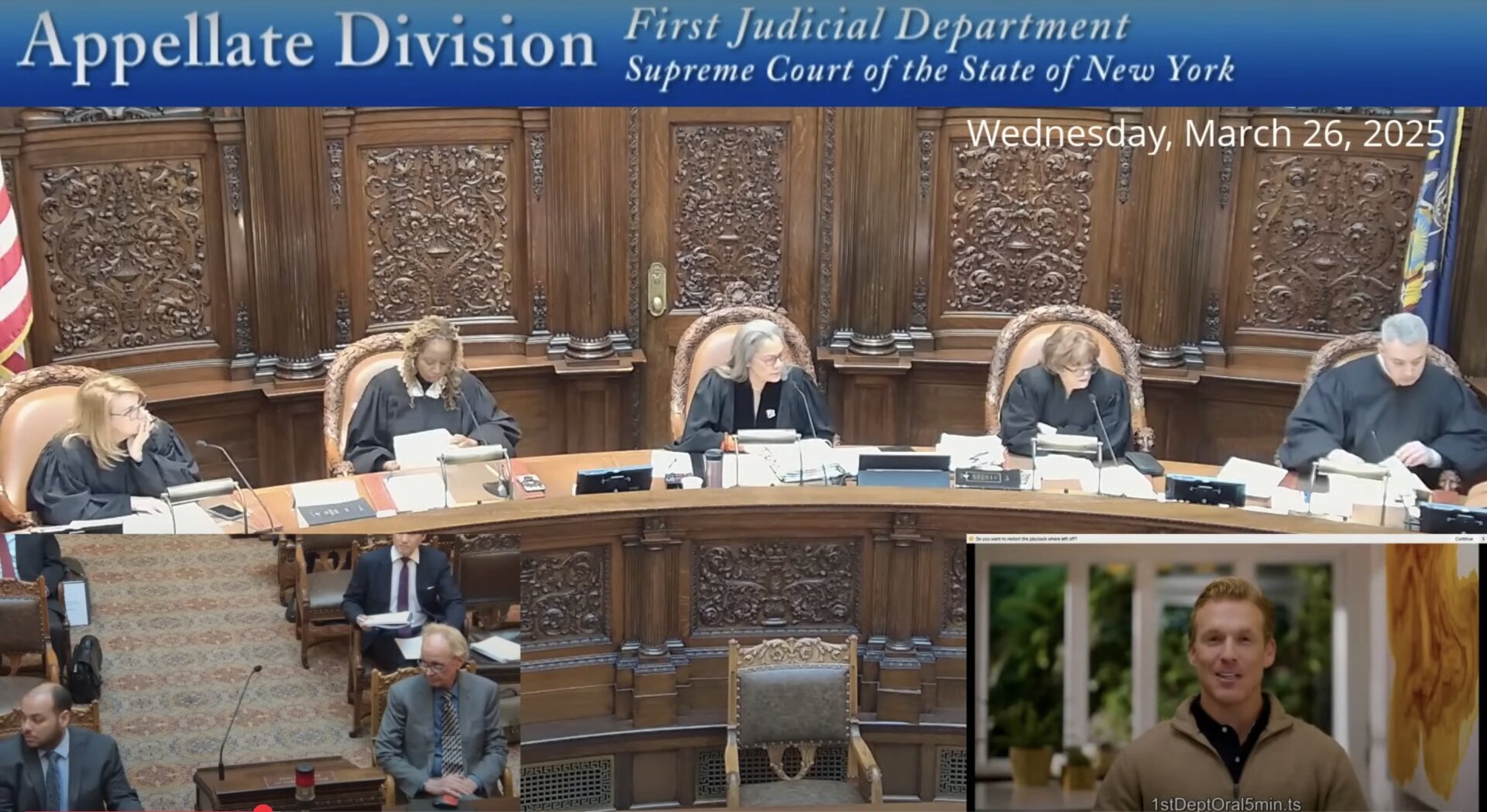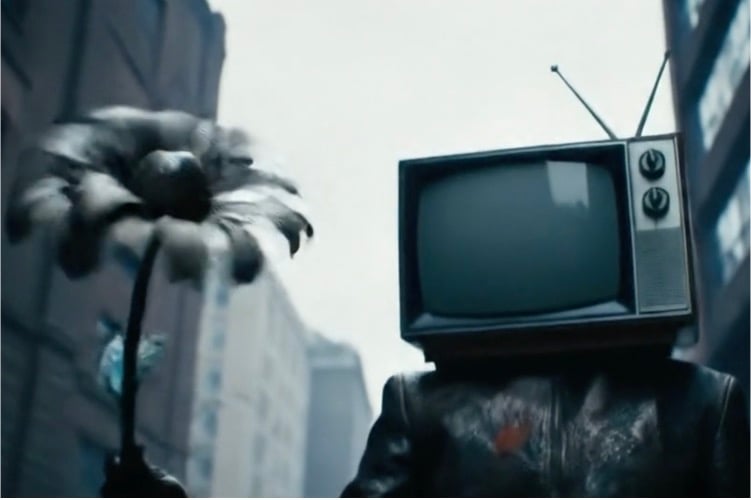Representing yourself in court is generally frowned upon. But using an AI avatar to do it? That’s a whole new level of legal faux pas, as AI entrepreneur Jerome Dewald recently discovered. His attempt to showcase his startup’s capabilities backfired spectacularly, earning him a stern rebuke from a New York judge.
Dewald, the plaintiff in an employment dispute with insurance firm MassMutual Metro New York, was scheduled to present his argument on March 26, 2025. Citing lingering effects from throat cancer diagnosed 25 years prior, he requested permission to submit a video statement, a request the court seemingly granted.
However, the court was unprepared for what Dewald actually submitted. Instead of a video of himself, a strikingly generic, unfamiliar man appeared on screen. Mere seconds into the statement, Associate Justice Sallie Manzanet-Daniels interrupted, asking, “Is that counsel for the case?” Dewald then revealed the bombshell: the speaker wasn’t human, but an AI-generated video. “That is not a real person,” he admitted.
Justice Manzanet-Daniels’ reaction was swift and sharp. “It would have been nice to know that when you made your application,” she stated, pointing out Dewald’s previous lengthy testimonies and conversations with the clerk’s office without any apparent communication difficulties. “I don’t appreciate being misled,” she continued. “So either you are suffering from an ailment that prevents you from being able to articulate or you don’t.”
Adding another layer to the situation, Dewald heads an AI startup, Pro Se Pro, designed to assist individuals in representing themselves legally using AI tools. This fact wasn’t lost on the judge, who admonished him, “You are not going to use this courtroom as a launch for your business, sir.”
Dewald clarified that the avatar wasn’t created using his own platform, which has been stalled due to funding issues. Instead, he used a free trial of an AI service called Tavus. His initial plan was to create an AI version of himself, but technical difficulties led him to use “one of their stock replicas, that big, beautiful hunk of a guy,” as he explained to The Register.
Regardless of his intentions, the perceived self-promotion and the unexpected AI avatar resulted in a judicial reprimand. Dewald ultimately presented his argument himself and acknowledged that he should have informed the court about his plan to use AI. A valuable, if costly, lesson learned in courtroom etiquette and the ethical implications of AI in legal proceedings.
In conclusion, Dewald’s attempt to utilize an AI avatar in court highlights the evolving intersection of technology and law. While AI has the potential to revolutionize legal representation, its application requires careful consideration and adherence to established courtroom procedures. Dewald’s experience serves as a cautionary tale for those seeking to integrate AI into legal processes. Transparency and proper communication with the court are crucial to ensuring a fair and respectful legal environment.
[References]











